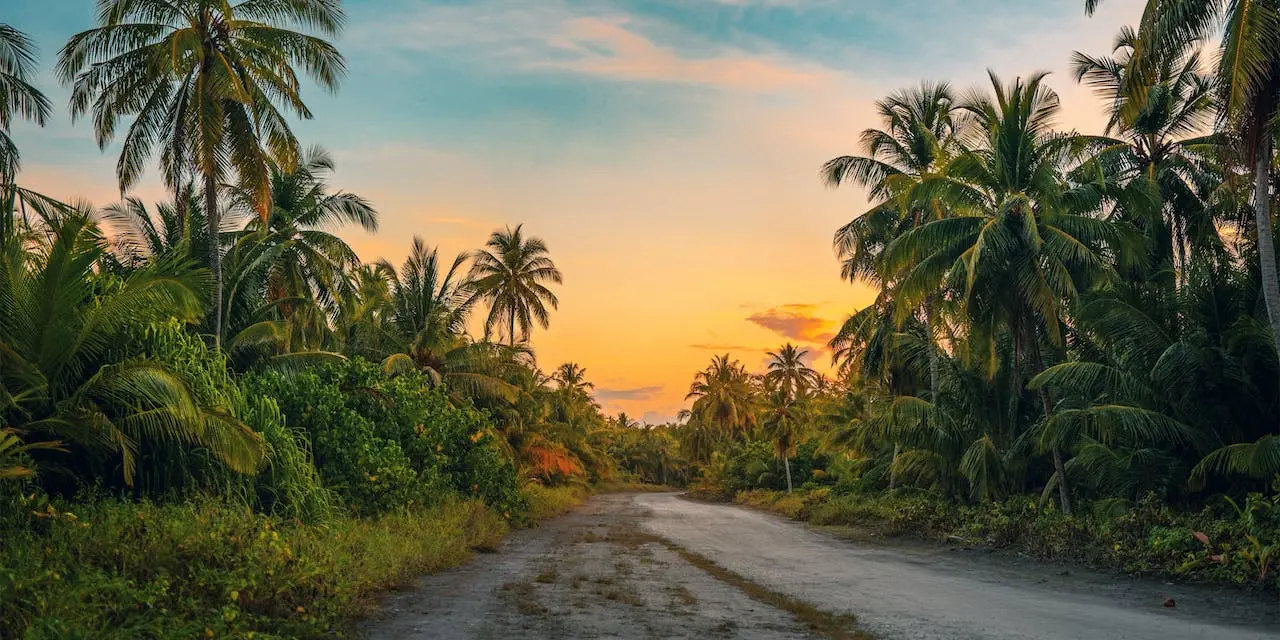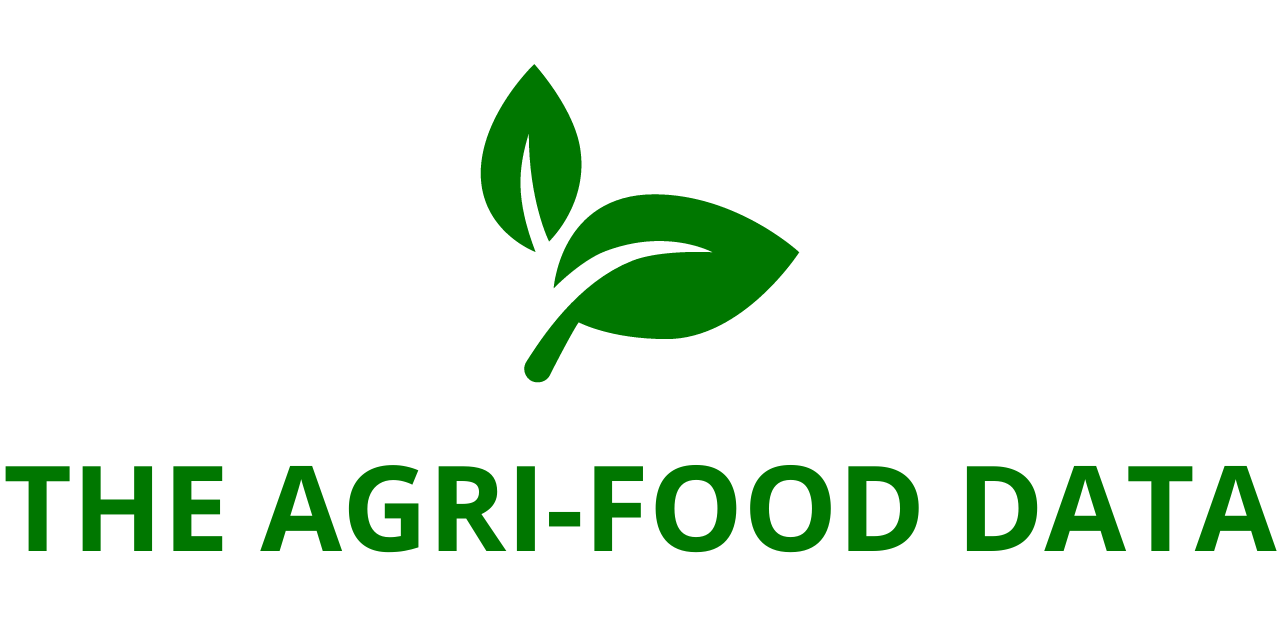
How we ’re reducing the carbon footmark of our websites
Terms like ‘ virtual ’, ‘ wireless ’ and ‘ the pall ’ that describe how we pierce or use the internet can give the print that it does n’t physically live.
still, the structure that powers it, the websites it hosts and the data it generates are all powered by electricity. And when this is generated by burning fossil energies, it has a significant impact on the terrain.
Measuring digital’s carbon footmark
Experimenters at Lancaster University estimate that the information and communication technology( ICT) sector accounts for an estimated2.1 –3.9 of global emigrations, a figure that puts its carbon footmark on a par with the global aeronautics assiduity.
To understand the impact of digital carbon emigrations from Unilever’s websites, we checked runners onUnilever.com to find out what conduct we could take.
Then are five ways we ’re icing our spots are as sustainable and accessible as possible.
- Green hosting
All Unilever spots are on Netlify, which uses Google Cloud and Amazon Web Services as pall providers. Google Cloud is a completely green web- hosting provider. This means the energy that runs their data centres and hosts our spots is generated from clean, sustainable sources similar as wind, solar or hydro power. Amazon Web Services plan to use 100 renewable energy by 2025. - Reducing the energy cargo of our images
Images are the most popular resource type on the web. They ’re also the largest in terms of data and energy use. To reduce this cargo, we save images in WebP rather of aged formats similar as JPEG and PNGs. This allows images to be compressed into lower train sizes that use up to 30 lower data than a JPEG without loss of image quality. - Viewing in an energy- saving ‘ dark mode ’
To the left wing of the hunt bar onUnilever.com you ’ll find a button called ‘ Theme ’. This gives callers the option to view the point in dark mode. This option can save up to 42 screen energy when the point is viewed on an OLED screen, which utmost mobiles use, because it uses lower data and is briskly to load. Dark mode also makes the point more accessible as it creates lower strain on the eyes. - Adding a play/ pause button to vids
We’ve added a play/ pause button to all our vids. Some do still autoplay, which we know is energy ferocious. But we’re continuing to look at ways to optimise videotape content and where possible we aim to replace vids with robustness, illustrations and stationary images. - Zero- waste design allowing
The heavier and more complex a website or web runner is, the further energy is needed to shoot and reuse data. We insure all our contrivers, inventors and product directors work to a target budget of1.5 megabytes for each runner( the global normal is2.4 megabytes). This makes runners more accessible and looks to insure that every asset adds value to the stoner experience. A bottom in the right direction
Indeed if we ca n’t fluently see or definitively calculate the footmark that cyberspace leaves on our physical terrain, the impact is real. And making our commercial websites more carbon-effective is commodity the earth and point callers will thank us for.
Source Link:https://www.unilever.com/






